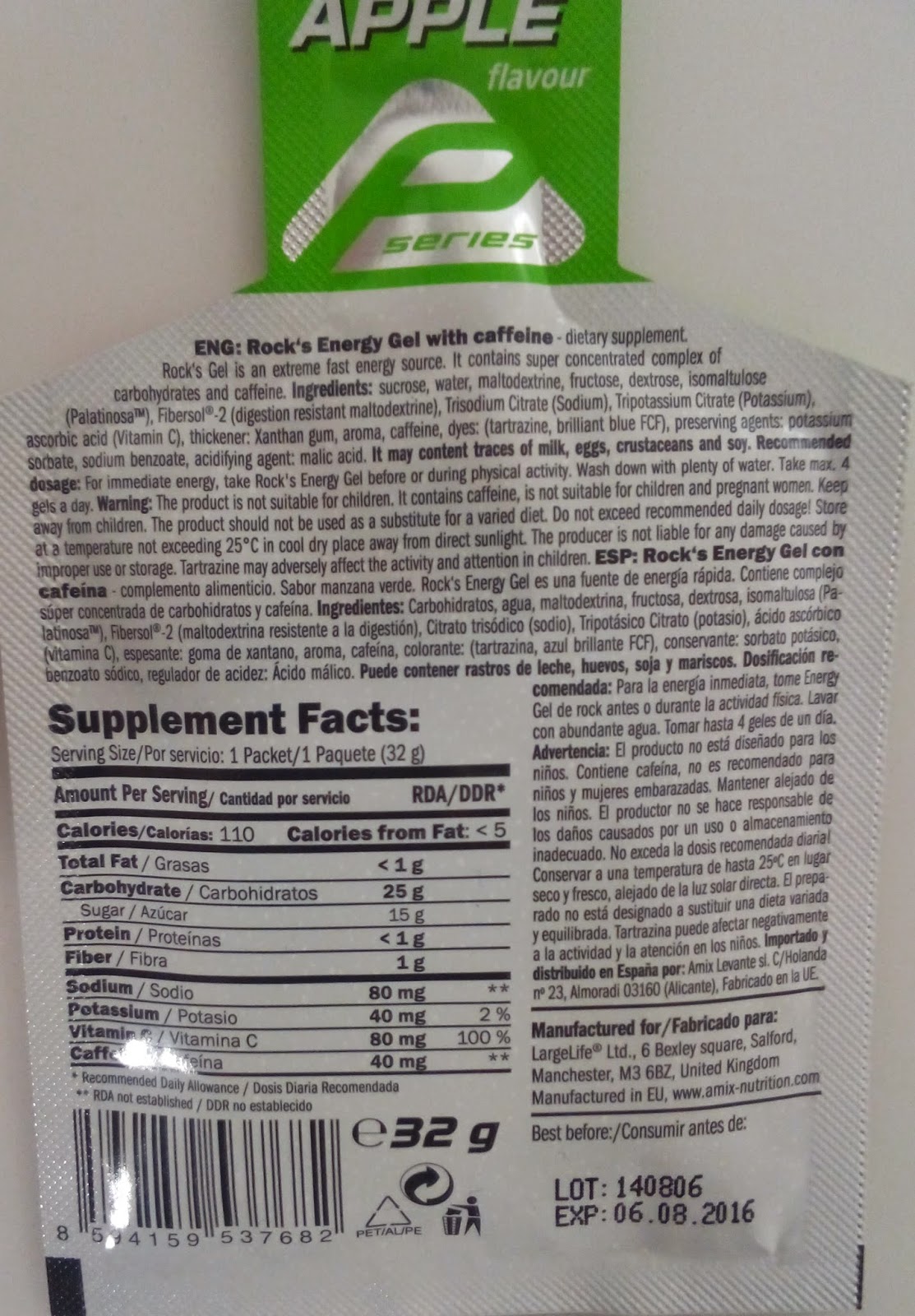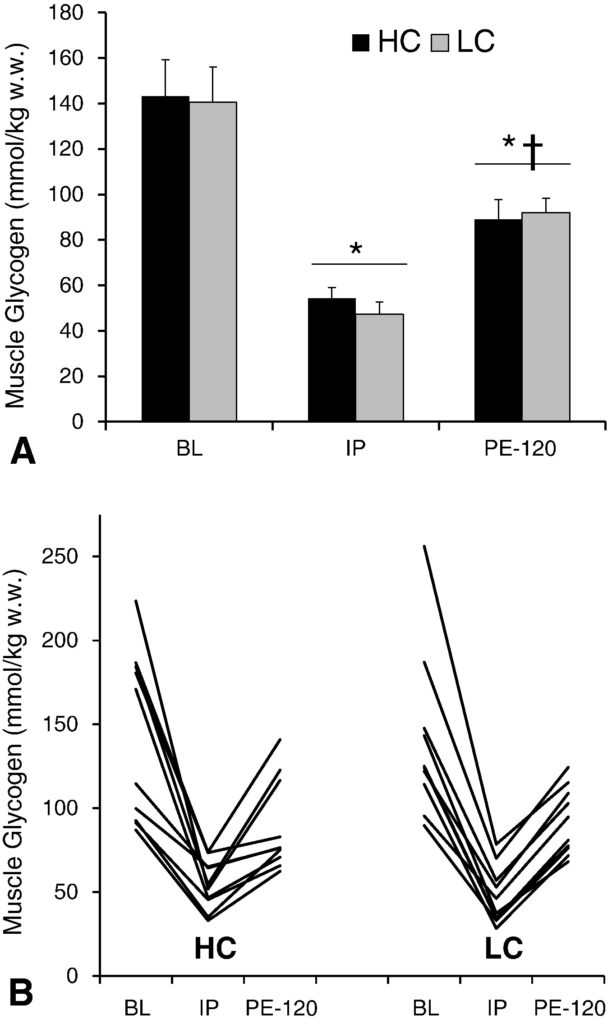“`html
Exploring the Pros and Cons of Energy gels for cyclists
Introduction
For cyclists, maintaining optimal energy levels is crucial for performance, endurance, and overall enjoyment of the ride. Whether you are preparing for a grueling race or a long weekend ride, understanding the pros and cons of energy gels can make a significant difference in your cycling experience. This guide not only explores the advantages and disadvantages of energy gels but also delves into their impact on cycling performance metrics, training techniques, and even bike maintenance tips. By incorporating insights from sports nutrition and cycling metrics, cyclists can maximize their performance and ride smarter, longer, and better.
The Advantages of Energy Gels for Cyclists
Quick and Convenient Energy Boost
One of the primary advantages of energy gels is their ability to provide a quick energy boost. These gels contain simple carbohydrates that are easily digestible, providing a rapid source of energy for cyclists who need it most during peak performance. As the body can quickly absorb these sugars, energy gels are incredibly convenient during situations where cyclists need immediate energy, like during a strenuous hill climb or a sprint finish.
Focused Nutrition for Endurance
Energy gel nutrition is specifically designed for endurance athletes. These gels contain a high concentration of carbohydrates, electrolytes, and sometimes caffeine, all of which are essential for maintaining energy levels over extended periods. For endurance cyclists, this means sustained performance without the need to slow down or take long breaks for meals.
can be useful here, showing a breakdown of typical energy gel ingredients and their benefits.
Easy Digestion and Absorption
Regarding energy gels digestion, these products are formulated to be gentle on the stomach. For most cyclists, this makes them an excellent choice, avoiding potential gastrointestinal issues that solid foods might cause when consumed during strenuous activities. The absorption rates of energy gels are designed to maximize efficacy, ensuring that you are quickly replenished with the necessary nutrients to keep cycling at your best.
The Drawbacks of Energy Gels for Cyclists
Sugar Content and Potential Side Effects
A significant drawback of energy gels is their sugar content. High sugar content might lead to spikes and crashes in energy levels, which can be counterproductive during long rides. Moreover, not all cyclists tolerate the ingredients in energy gels well, which could lead to gastrointestinal issues or other side effects. It is essential to understand personal energy gel tolerance to prevent discomfort during rides.
Impact on Digestion and Results
While energy gels are formulated for easy digestion, not every cyclist responds well to them. In fact, some may experience bloating or discomfort if consumed too rapidly or without adequate hydration. Proper hydration with energy gels is crucial because they require water for optimal digestion and absorption. Without it, cyclists may experience unwanted side effects that could diminish performance.
Cost and Varied Taste
Another disadvantage of energy gels is their cost. Regular use, especially during training and extended cycling tours, can become expensive over time. Additionally, the taste of energy gels varies greatly among brands and flavors; some cyclists might find certain gels unpleasant or artificial in flavor, which could affect their willingness to use them consistently.

could illustrate a comparison of various energy gel options in terms of cost, flavor, and ingredients.
Optimizing Energy Gel Usage in Cycling
Energy Gel Timing
To maximize the effectiveness of energy gels, timing is crucial. Consuming them before a ride or at regular intervals during the ride ensures that your body maintains adequate energy reserves. Recommendations for energy gel timing often suggest taking a gel every 45 to 60 minutes during extended rides, accompanied by water to facilitate absorption.
Choosing Alternatives and Enhancing Cycling Nutrition
While energy gels are popular, there are viable alternatives for cyclists looking to diversify their energy sources. Some alternatives include energy bars, chews, and whole food options like bananas or dates. Experimenting with these alternatives can help cyclists find the best nutrition practices that suit their individual preferences and needs.
Training Techniques and Energy Gel Usage
When integrating energy gels into your cycling routine, it’s essential to practice using them during training, not just on race day. Training Techniques for Cyclists should include testing various brands and flavors of energy gels to determine which works best with your digestion and performance metrics.
Data, Metrics, and Studies
Research indicates that the strategic use of energy gels can lead to an increase in VO2 max improvements for cyclists—a key measure of aerobic performance. One study showcases how athletes, including cyclists, who incorporated energy gels into their regimen experienced improved endurance and reduced fatigue. Further, the Benefits of Using Power Meters for Performance Tracking can be enhanced by monitoring the impact of energy gels on power output during training sessions.
User Intent and Benefits
For cyclists aiming to improve endurance, energy gels can be a powerful tool in their arsenal. They offer practical applications, such as optimizing energy levels and minimizing bonking—the infamous energy depletion—and are part of a broader strategy in optimizing cycling workouts. Whether approaching Cycling Techniques for Beginners or fine-tuning advanced strategies like Interval Training for Cycling, understanding energy gels’ role will enhance performance.
Conclusion
In conclusion, energy gels present several pros and cons for cyclists. They offer the convenience of a quick energy boost, nutritional content tailored for endurance, and minimally invasive digestion. However, challenges such as cost, sugar content, and potential side effects require careful consideration and personal testing. As cyclists strive to enhance their performance, incorporating energy gels into a well-planned nutrition and training strategy can be beneficial. Whether a recreational rider or a competitive cyclist, trying out various methods and sharing experiences can lead to more rewarding rides and improved cycling metrics.
FAQ Section
What are the most common side effects of energy gels?
Most common side effects include gastrointestinal distress, such as bloating or upset stomach, especially if not consumed with adequate water.
Can beginners use energy gels during cycling?
Yes, beginners can use energy gels, but it’s advisable to test them during training first to see how their body reacts.
How should energy gels be stored?
Energy gels should be stored in a cool, dry place. Avoid direct sunlight or excessive heat, which can degrade the product.
Are there any energy gel alternatives for cyclists with dietary restrictions?
Yes, cyclists can opt for energy bars, natural foods like bananas or dates, and specially formulated hypoallergenic gels for specific dietary needs.
Is hydration important when consuming energy gels?
Absolutely. Drinking water with energy gels is essential to aid digestion and absorption, minimizing the risk of gastrointestinal issues.
“`






